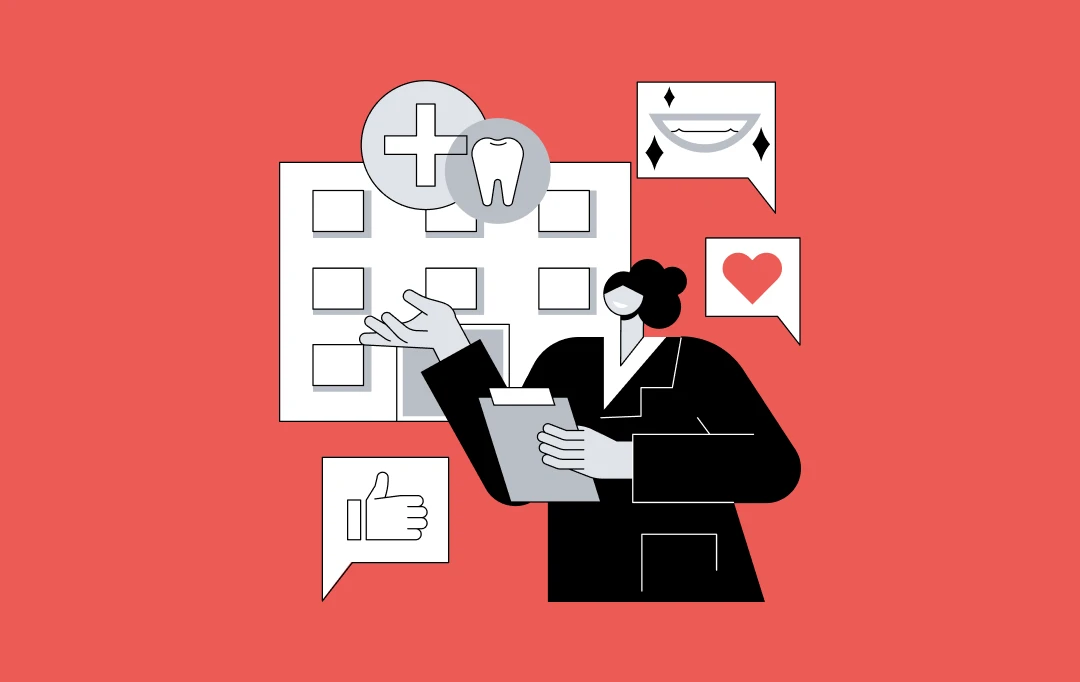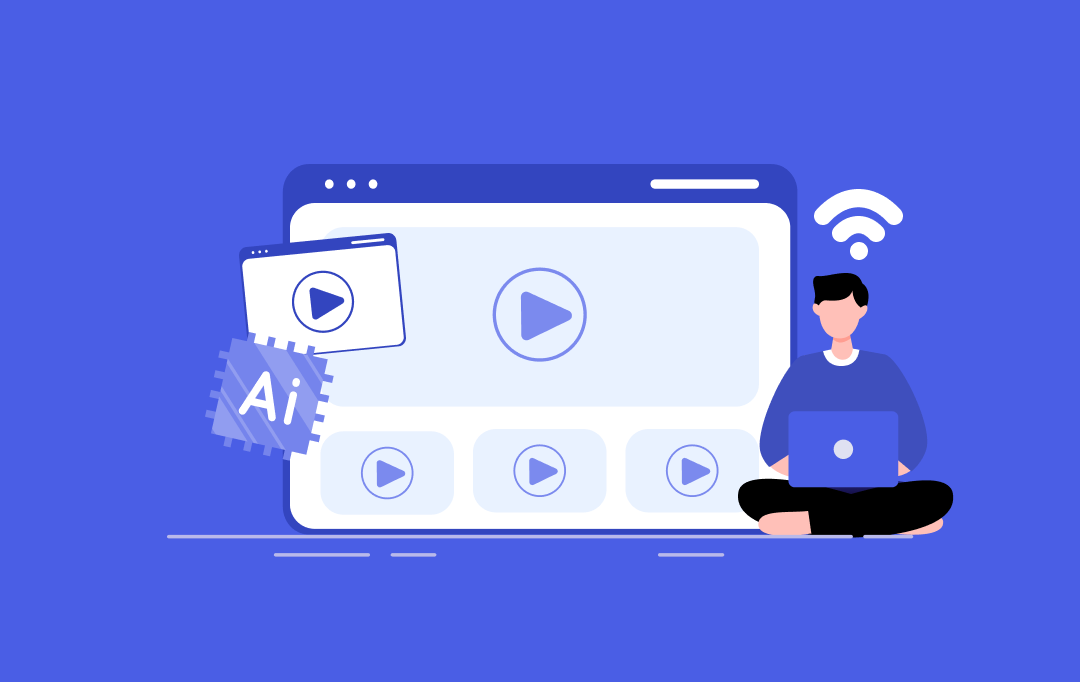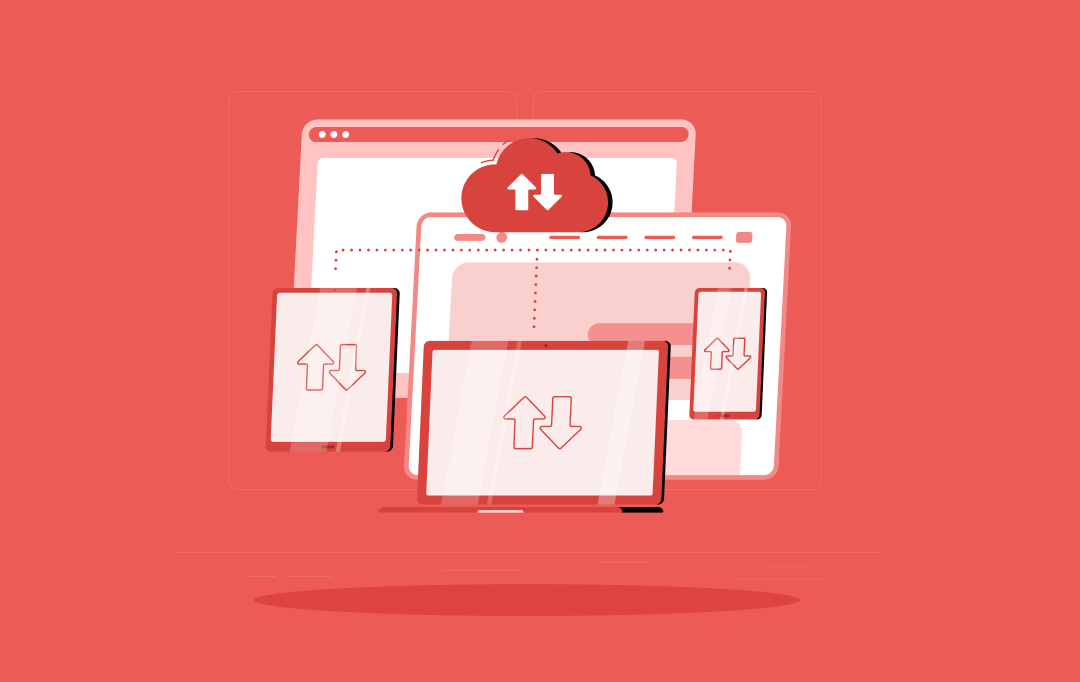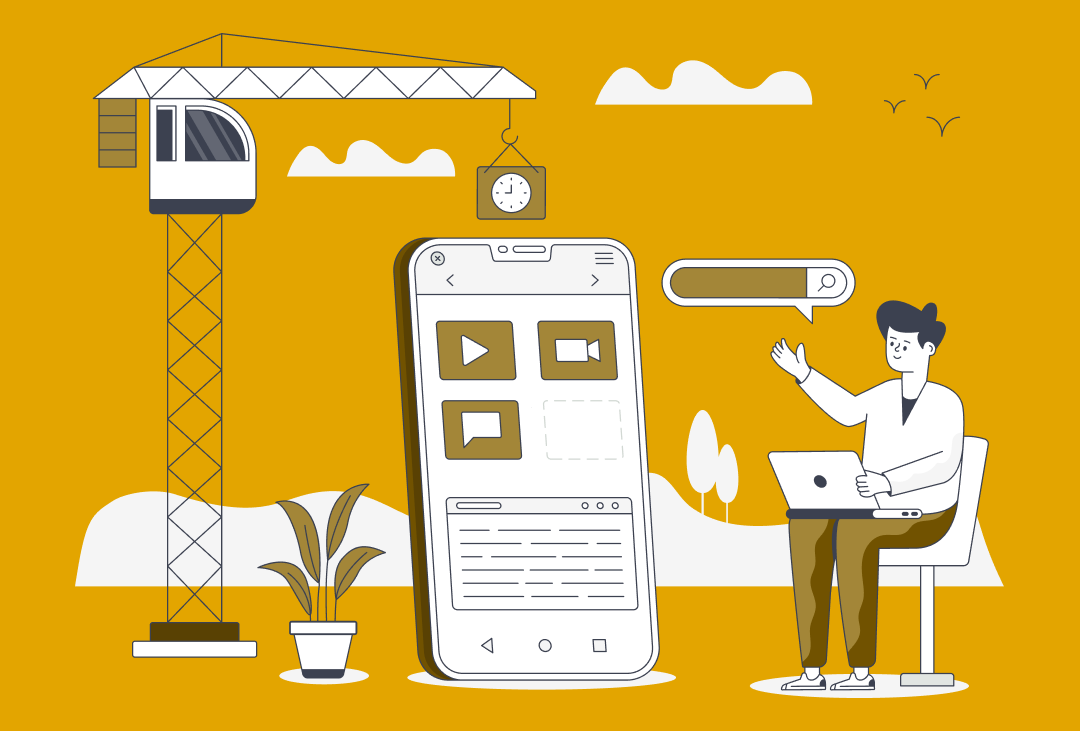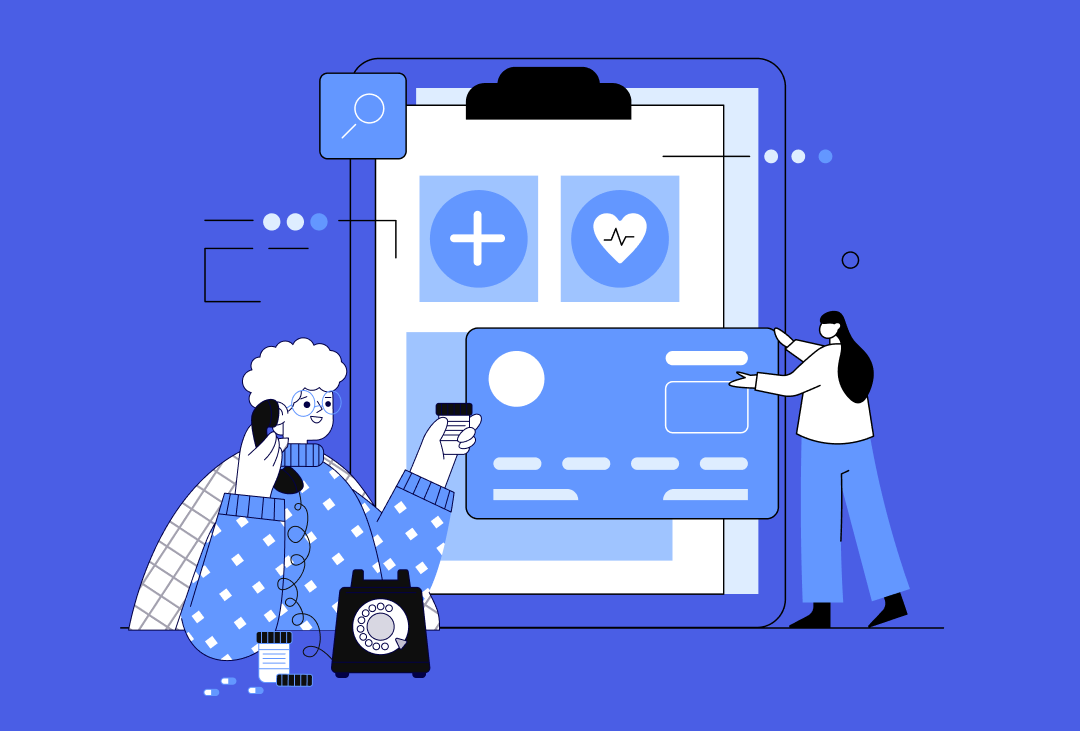Geographical distances should not be a roadblock to collaboration and creativity. Who understands this better than a digital product development team? Going by this sentiment, for a process that lays down the basics of creativity and collaboration at the product ideation stage – Design Sprint – the steps should be least complex.
While good to hear, on paper, the reality is that for a lot of brands, the process of design sprint is difficult when conducted in a room, let alone when conducted remotely.
But with 85% of our clients belonging to other global nations, we have more or less mastered the art of running remote design sprints. So now when remote is the new workplace normal, we are in a somewhat better space.
Here’s our design sprint process that your team can also benefit from.
Table of Content
- What is the design sprint methodology?
- Challenges of Running Design Sprints Remotely
- Pre-Design Sprint Model
- 4 Days Remote Product Design Sprint Process
- Remote Design Sprint Tips & Tricks
What is the design sprint methodology?
The design sprint process – a.k.a one of the top UX best practices – is a four days’ step-by-step methodology that answers critical business and product questions via designing, prototyping, and idea testing. Built by Google and GV, it is a mix of innovation, business strategy, design thinking, behaviour science etc. brought together to make a way of working that any team can make use of.

The user experience design formulation process works for product managers, developers, and designers, who work in the space of innovation and problem-solving. It answers some of the most critical questions a brand struggles with:
- How can we convert an idea into a validated prototype faster?
- How can we ensure we are designing the right product before putting a ton of money in it?
- How can we test whether the feature-set we are envisioning the ones that users need?
Irrespective of how straightforward the product design sprint process looks, conducting the event virtually is difficult.
Challenges of Running Design Sprints Remotely
- Difference in time zone and availability of team – UX sprint calls for intense, engaging sessions. Scheduling and aligning distributed teams for long periods can pose as a challenge.
- Low engagement – On a remote mode, the concentration of the team is one click away from going to YouTube or Telegram. Keeping them focused is a key issue that sprint teams face.
- Tech-specific challenges – Low battery, bad internet condition, and faulty microphone is a trio that can make your design sprint steps take a bad turn. As a mobile app design company we ensure that the technology part of the sprint is on point before the design sprint commences.
Our first two-three sprint sessions brought us face to face with these challenges. Although the failure count was low, the frustrations were galore. Although our struggle phase goes back to 2014 when we were handling our first client interaction, from what we read across the internet, the issues remain more or less the same. Here are some of the pre-sprint setups we settled on to make the remote design sprint process smooth-sailing.
Pre-Design Sprint Model
Prepare the design sprint material and template beforehand
For ensuring that you get the most of the remote design sprint, prepare all the materials beforehand. The existing customer insights, documentation shared by the clients, etc. should be gathered and distributed within the team before the process starts.
Form the team

We created a team of seven people leaving the finance team out of the process, since we would hardly need any budgeting activity here. The role of decider and facilitator, although important even in the regular sprint session becomes all the more important in a remote sprint design process. The decider is the one who has the final call while the facilitator is someone who takes the responsibility of bringing everyone on the same page aided by the necessary technology help.
Schedule the sprint event
The ux design sprint method requires the teammates to be available, without distraction for five days. While doable when we were in the same space, fixing 5 days is difficult when operating remotely. But since we pride ourselves on being an app design firm that takes a design-first approach, we knew the importance of the process and convinced the clients to make themselves available as well.
Pro Tip: If you find it difficult to get people available for five consecutive days, put a weekend between the deciding and prototyping days. This way, the team will approach prototype creation with a fresh mind on Monday.
Logistics side of pre-sprint prep
Although a remote-inclined tech and office setup should come naturally for brands that work with a distributed team or overseas client, in case you are not one of them, we recommend you to have:
- Camera
- Microphone
- Cubicle
- Good internet connection which can support you being on video at all times for five days
- White board to make the sketches on.
Here are some of the collaboration tools that we have been relying on –

With the pre-design sprint process discussed, let us now give you a peek into our four-days process.
4 Days Remote Product Design Sprint Process

Day 1: Sketching and Mapping
The phase comprises bringing the sprint team together and brainstorming the product and the solution it would offer. The entire day is spent on researching whether or not the product is even needed by the masses and if that as a whole is a solution they are looking for. Here, we also discuss the alternatives of what would people choose had the product didn’t existed.
The more you brainstorm and read into this process, the more you would realize that this step is the same as what a mobile app design and development company follows when they validate an MVP.
Day 2: Storyboarding
With multiple ideas now present, the team on Day 2 fix a plan of action. They draw a storyboard containing how the users would come to the app, why they would open it, the features they would interact with, and what will be the outcome of their time inside the application.
Ensure that you have added all the necessary materials and resources backing the storyboard assumptions.
Day 3: Prototyping
Once you have the storyboard ready and the idea decided, head on to the stage of prototype development. The idea is not to build a product that will be deployed in the stores, but an app that people can run and experience. There are a number of different app prototype tools you can work on to create a clickable version of your app vision.
The process of prototype development should be done with the intent to allow people to test it on Day 4.
Day 4: Testing
This is the last step of the design sprint process where you get people to test your prototype and share their experiences with your team. The best thing to do here is to record those sessions so that you can always go back to them when your application hits the development stage.
Up until this point, you have read everything that you need to know about conducting remote design sprints. But the true success stories lie with brands that know the many side-tips. Ones that every innovative mobile app design agency knows.
Remote Design Sprint Tips & Tricks
- In case you are finding it difficult to get team’s availability at the same time, divide the remote design sprint across two weeks.
- Prepare sprint brief and template beforehand
- Add ample breaks
- Restrict multi-tasking – the team focus throughout the design sprint session should be on the session.
- Ask everyone to divide their screen into video and the digital whiteboard so that they can see the whiteboard and the participants at the same time.
We have reached the stage where the only thing left for you to do before you go to the idea conception stage is get in touch with a mobile application design company that is an expert in remote design sprint. We can help.
IT Managed & Outsourcing
Didn't find what you're looking for? Let us know your needs, and we'll tailor a solution just for you.
